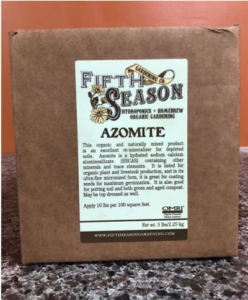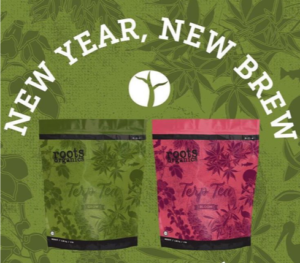
-Ryan Blankenship-
The very first step in determining if your soil is ready for planting is to simply dig yourself a small hole where you would like your planting site to be. By digging this small hole, you will be able to determine if you have loose or clay soil. Like many people in our area, we typically have a lot of red clay where we would like to plant. I also like to send a soil sample out to our state agricultural extension program to get tested to understand the NPK (Nitrogen-Phosphorous-Potassium) levels of my soil. I will explain why this is important later in this blog.

Once you know what type of soil you are working with (clay, friable, or somewhere in-between), you should take a pH sample of your soil. pH measures the acidity or alkalinity of the soil. The ideal pH range for your soil should be between 6.0 and 6.5. Plant roots access nutrients the best, and the greatest microbial activity occurs in this pH range. Rapitest makes a great pH/ NPK soil tester that will not only measure your pH, but will also give you the NPK reading of your soil that I had mentioned earlier.
There are a few amendments you can add to your soil to either raise or lower pH, as indicated by your soil test. Lime is one of the best ways to raise your pH. It comes pelletized and pulverized. The pulverized will work the fastest since it will break down faster than the pelletized. Garden Sulfur and certain types of compost are a great way to lower your pH.

After I have tested these three things, I will start preparing my soil. If I have heavy clay in the soil, I like to add Greensand and mushroom compost to help break up this mess. Typically a 1 to 1 ratio of compost to clay and a 5% mixture of Greensand will help loosen your soil enough to be able to plant in it. After mixing in Greensand and mushroom compost as needed, and after my official soil test, (or the results from the Rapitest ph/NPK tester), I like to blend in my amendments. Azomite is one amendment that I add to my soil every single year. The reason for this is it contains several micronutrients that your plants need to stay healthy throughout the season, and they generally aren’t present in all-purpose fertilizers.
Bone meal is another great amendment to add to your soil, since it contains high amounts of calcium and phosphorus, which are necessary for your tomatoes and peppers. It helps to prevent blossom end rot and increase the number and size of your fruits and flowers. Blood meal and Fish meal are other great amendments that will add all the Nitrogen necessary to help with foliage growth. If you like to stay away from the animal by products, Alfalfa meal is another good source for your Nitrogen needs. Last but not least is Potassium, the final macronutrient of the N-P-K trio. Gypsum, Sulfate of Potash, and even Kelp meals are good sources for Potassium.

If you aren’t sure exactly what you need to add to your soil, another great product that I like to use is Roots Organic’s Terp Tea. They have a grow and a bloom formula to get you through all the stages of your plants. The Terp Tea Grow contains: Bat Guano, Fish Bone Meal, Fish Meal, Langbeinite, Kieserite, Soybean Meal, Feather Meal, Manure, Kelp Meal, Lime, and Beneficial bacteria and Fungi. As you can see, this is a complete nutrient, so if you get confused or are not completely sure as to what mixture to add to your soil, this nutrient line has it figured out for you.
If you start your planting season with good soil, your garden should produce a larger harvest with fewer pest and disease issues, since your plants will be better able to fight of pests and pathogens. As always, we love to talk soil, so please call or come by with your questions and we can help you get just what your particular garden needs to thrive!

Leave a Reply